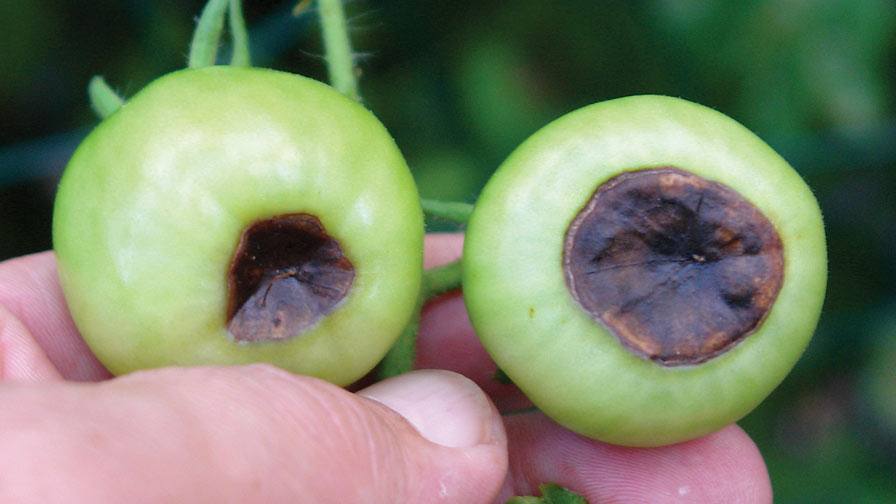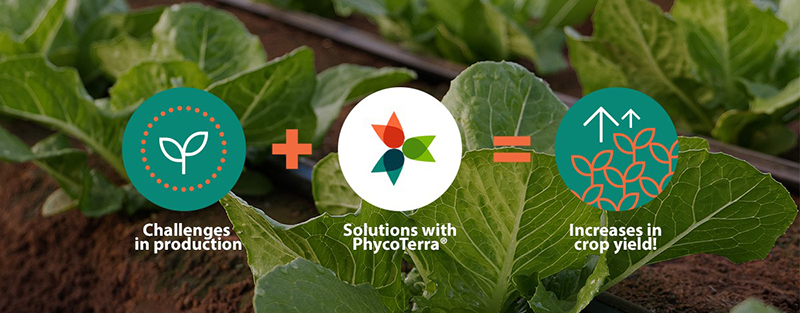The Search Is on To Beat Blossom-End Rot in Tomatoes
Vegetable growers can attest to the disappointment of seeing a beautiful tomato ripening on a vine, only to discover that the fruit has dark, sunken pits at the blossom end of the fruit. Called blossom-end rot, this physiological disorder is prevalent in fruit and vegetable crops, including tomatoes, and can cause severe economic losses.
Through a $475,000 grant from the USDA’s National Institute of Food and Agriculture (USDA-NIFA), University of Georgia (UGA) researchers are looking for the genetic and developmental factors of blossom-end rot, with goals of investigating causal mechanisms and developing prevention and mitigation strategies for the disorder.
Led by Savithri Nambeesan, an assistant research scientist specializing in ripening and postharvest physiology in the UGA Department of Horticulture at the College of Agricultural and Environmental Sciences, the study will compare the genetic traits of tomato lines that are susceptible and resistant to the malady through genetic mapping to try to identify the regions in the genome that cause it.
Researchers also will examine developmental and molecular contributors to the disorder.
Continue reading at GreenhouseGrower.com.










